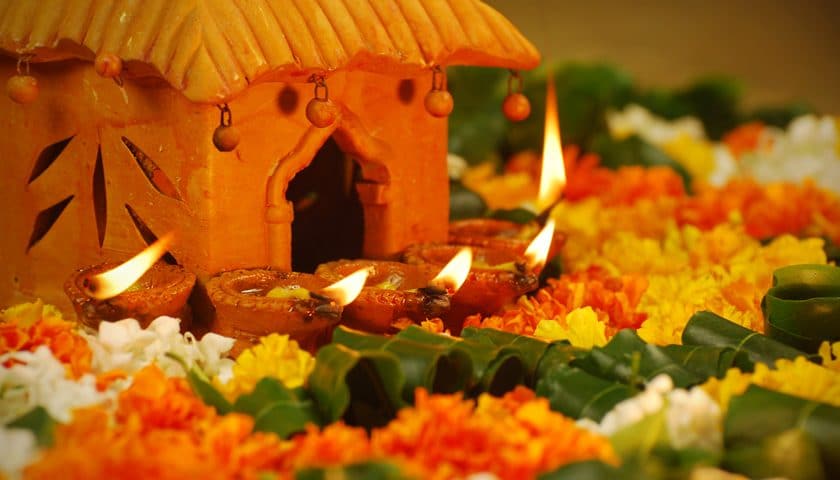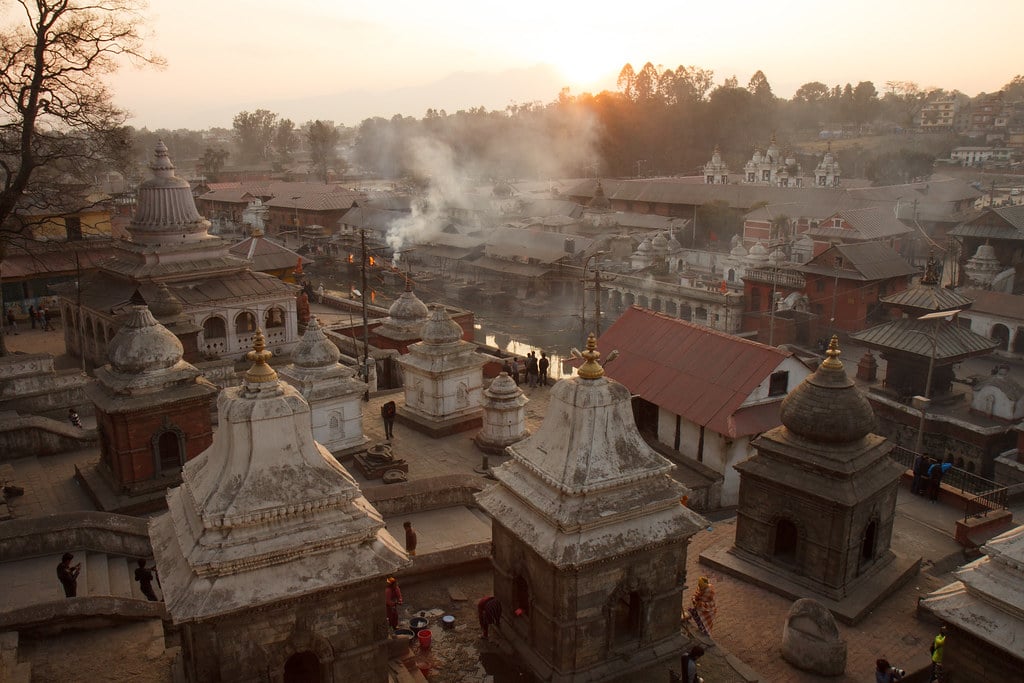
Vedic Hindu Wedding Ceremony
In Hindu tradition, marriage is viewed as the most important stage of the four stages of life. As well as being the union of two souls, it is also regarded as a bond between two families. At its core, the Hindu wedding ceremony unites two individual souls spiritually, mentally, and physically. The bond of matrimony is sacred and the ceremony of marriage is conducted according to Vedic traditions. The Vedic ceremonies originated from the Vedas, the most sacred scriptures of Hinduism. Although the rituals have been simplified considerably in modern times, Hindu culture attaches a deep significance to them. Each step of the ceremony has a profound spiritual meaning and a life-affirming purpose. The ceremony will be conducted in Sanskrit, the most ancient language of the world, and translated into English by the priest. The brief description of each part of the ceremony that follows will explain the meaning of the rituals.
Baarat (Swagat)
The Arrival of the Groom – Groom arrives accompanied by his family and friends who are dancing in celebration of his wedding. After the celebratory arrival of the baraat, the Bride’s family formally welcomes the groom and his family and friends. The bride’s mother applies tilak (red vermilion powder) on the groom’s forehead and feeds him sweetly and offers him Arati (ceremonial worship). The groom is then escorted to the mandap (the bridal altar) where the marriage ceremony is held.
Milni
The bride and Groom’s family place a garland on each other and hug each other symbolizing the joining together of two families and the beginning of new friendships.
Kanya Aagman – Arrival of the bride
The bride is escorted by her maternal uncles to the Mandap. Once the bride is in the mandap, verses (Manglashtak) are chanted.
Jai-Malas. The bride offers the first garland declaring that she has chosen the groom of her own free will. The groom will then return the compliment by offering her a garland welcoming her to a new life together and promising to look after her.
Ganesh Pooja – Worshipping Lord Ganesh
The wedding ceremony begins by offering a prayer to Lord Ganesh requesting for peace and harmony to prevail during the ceremony. Lord Ganesh’s blessings are sought for the auspicious beginning for the couple.
Kanyadan – Giving the bride’s hand
This ceremony is performed by the bride’s parents where they give away their daughter in marriage by placing the bride’s right hand on the groom’s right hand while the priest chants the verses. The bride’s parents pray that their son-in-law will look after their daughter.
Granthibandan
The groom’s scarf or shawl is tied to the bride’s saree while chanting prayers to Lord Ganesh and Goddess Umaa, and to Lord Narayan and Laxmi Devi praying for a strong marriage like theirs. The knot symbolizes the union of two souls joined together in holy matrimony.
Havan
A small sacred fire is lit in the center of the Mandap inviting Agni, the Fire God, to be the chief witness of the union. The couple offers prayers to Agni who is the symbol of light, power, and purity while offering ghee (Purified butter), rice, and flowers into the flame. These prayers have a special importance, for it is Agni who dispels the darkness and ignorance from our lives and leads us to eternal light and knowledge.
Mangal Fera – Steps around the Holy Fire
The couple circles the holy fire as the priest chants mantras. They stop each time for the bride and groom to touch a stone that symbolizes the strength of their devotion and commitment to each other. At the end of each phera (circles), the open palms of the bride are filled with grains by her brother signifying wealth and prosperity. As a fun tradition, at the end of the last fera, the couple will run to sit down first. It is said that the one who sits first will rule the house.
Saptapadi – Seven Steps
This vital part of the ceremony is where the couple takes seven steps to symbolize the beginning of their journey together for life. The couple takes a vow at the beginning of each step as they receive blessings from the priest and everyone present. Through these vows, the bride and groom seek each other’s support to make their married life a successful and happy one.
Sindur
The groom places sindhoor (red vermillion powder) on the bride’s forehead and at the parting of her hair as a symbol of a married woman.
Mangal Sutra Dharan
Similar to the concept of the English wedding ring, the groom places a golden necklace with black beads around the bride’s neck, signifying his love, integrity, and respect for her. The Mangal Sutra also represents the couple’s love and sacred union.
Kansar- Feeding sweets
Kansar is an exchange of sweets between the couple as a promise of fidelity and a symbolic gesture that they will provide for each other’s needs in their household life.
Aashirwad – Blessings
The priest offers blessings to the bride and groom by reciting some Vedic mantras. The newly wedded couple then seeks blessings from the priest, their parents, relatives, and friends for a happy married life together.
Doli / Vidai Departure
As the couple departs, the bride’s family sees her off. The farewell to the bride by her family is emotional, filled with tears, sorrow, and joy, as she leaves her parent’s home to build a new life with her husband and his family.


